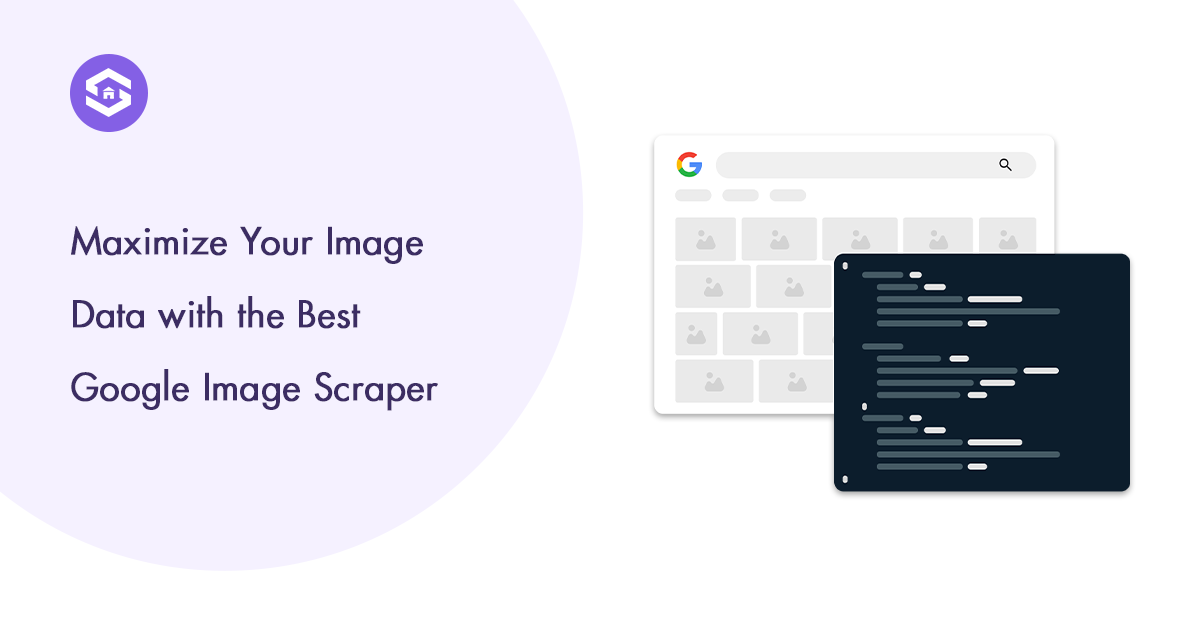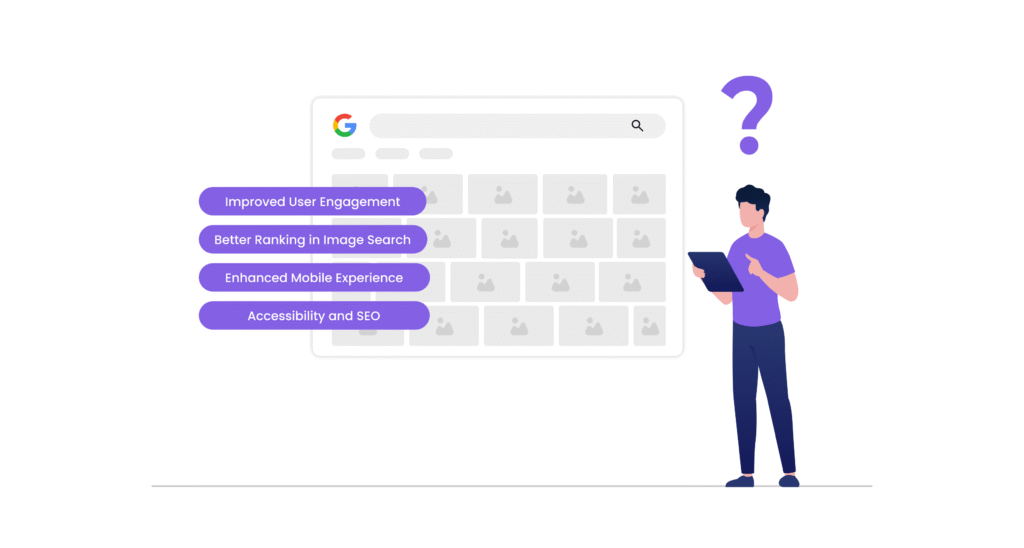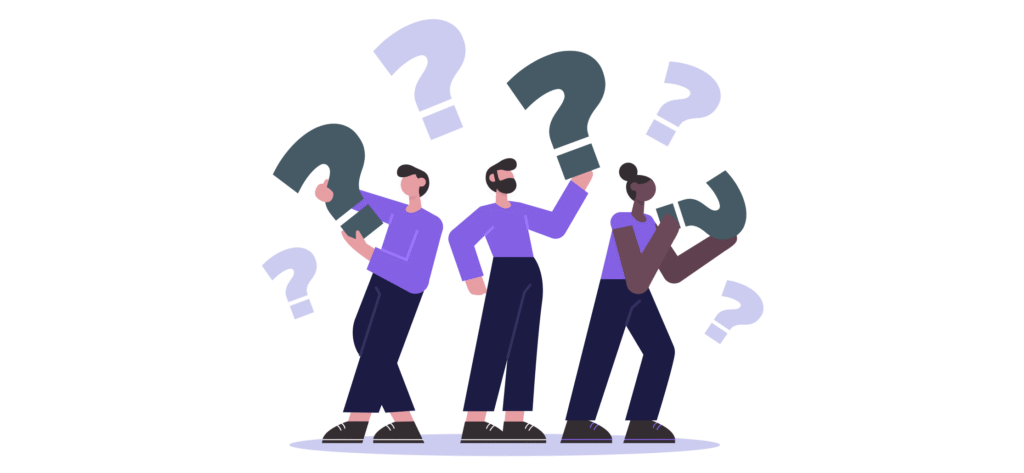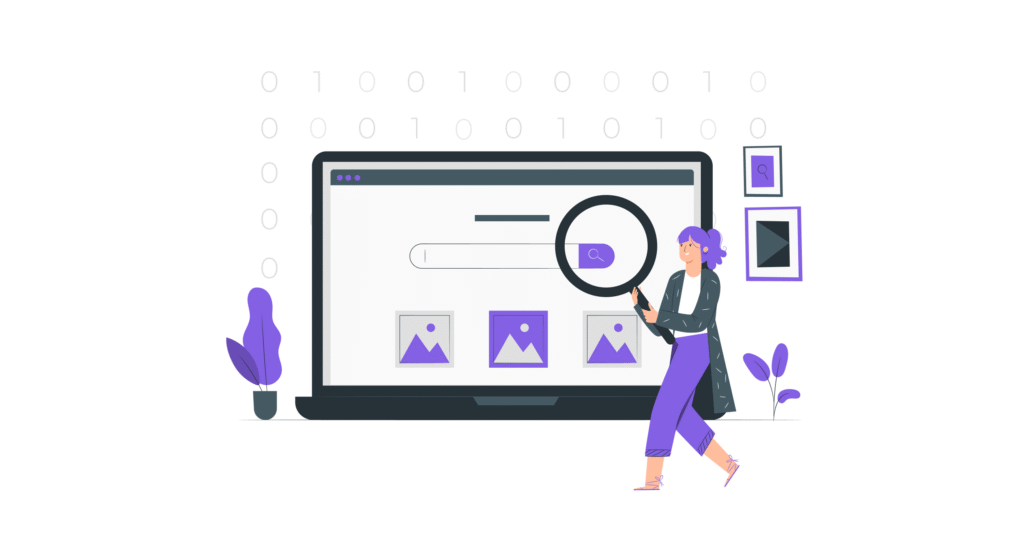Boost Your SEO Strategy with a Powerful Google Image Scraper
8 min read
8 min read

Table of Contents
Table of Contents
Visual content has become as important as written content in today’s fast-paced digital marketing world. Images not only make your content more engaging but they also help improve your website’s SEO. Many marketers find that manually collecting high-quality images is time-consuming. This is where a Google image scraper comes into play. By automating the image collection process, you may save time and better optimize your content.
This article will explore the importance of images in SEO, as well as what a Google image scraper is, how it works, and how to properly automate image gathering. We’ll also talk about the ethical considerations of web scraping and provide some strategies for using images in your SEO strategy.

Before diving into the technical aspects of a Google image scraper, it’s essential to understand why images are critical for your SEO efforts. Here are several reasons:
Improved User Engagement
Visual content such as images and videos can considerably improve the user experience. People are more likely to engage with content that includes relevant images, reducing bounce rates and increasing time spent on your website.
Better Ranking in Image Search
Google Image Search is a powerful strategy for increasing traffic to your website. Optimizing images properly can help them rank better in Google images, resulting in more traffic.
Enhanced Mobile Experience
Mobile users often rely heavily on images to navigate content. Optimized images make your website more user-friendly, particularly for visitors with smaller screens.
Accessibility and SEO
Use alt text for the images to increase your website’s accessibility for visually impaired people. By using alt text, Google can better understand the context of images, leading to an enhancement in your overall SEO performance.

A Google image scraper is a tool or script that automates the collection of images from Google images or other image databases. Instead of manually searching for each image, you can use an image scraper to retrieve a huge number of images associated with specified keywords or topics.
A Google image scraper is very useful for acquiring images for use in blog articles, product pages, and social media campaigns. By automating this procedure, you may save time and streamline your content creation.
A Google image scraper works by sending automated requests to Google Images, which extract image URLs depending on the keywords you offer. The scraper collects data on the image’s URL, title, alt text, and source website. Here’s a quick explanation of how it works:
The scraper sends a request to Google’s search engine that resembles a human query. You provide keywords that are relevant to the images you want, such as “mountain landscapes” or “modern office designs.”
Once Google has returned the search results, the scraper analyzes the website for relevant images. It can extract several images, thumbnails, or high-resolution copies, depending on how it is set up.
The tool can also collect metadata about the images, such as the URL, alt text, dimensions, and source website. This data can be useful for ensuring that you’re using high-quality images and properly crediting your sources.
After gathering the image URLs, the scraper can either download them directly to your computer or save them in a database for future use. Some tools allow you to completely automate this procedure, saving you from having to manually download each image.
There are several ways to automate the process of collecting images for SEO purposes. The following methods and tools can be used to efficiently automate this task:
If you’re comfortable coding, Python is an excellent choice to create your image scraper. Python libraries such as BeautifulSoup, Selenium, and Scrapy make it simple to extract images from Google search results.
If you don’t like coding, there are various web scraping tools available to make image scraping easy. These tools have an easy-to-use interface that allows you to automate scraping tasks with a few clicks.
Another highly effective way to automate image gathering is to leverage third-party APIs such as the SERPHouse API.
SERPHouse API: This API specialises in scraping SERPs (Search Engine Results Pages) and can extract image URLs from Google. The SERPHouse API is useful for SEO professionals looking for detailed SERP data, including images.
If you want a quick and easy way to collect images, browser extensions can help. These lightweight browser-based programs allow you to download multiple images from Google in bulk.

While automating image collecting can save time, you must adhere to best practices to ensure that images are used effectively and efficiently. Here are some tips:
Use Proper Image Optimization
Once you’ve acquired the images, you must optimise them for your website. Proper image optimisation can help your images rank higher in Google image searches, enhance page loading speed, and give a more enjoyable user experience.
Check Copyright and Attribution
While scraping images is simple, be mindful of copyright laws. Always make sure that the images you gather are either royalty-free or properly credited to their creators. Websites such as Unsplash, Pixabay, and Pexels provide free images that can be used commercially.
Avoid Duplicate Content
Using the same images on multiple websites will dilute your SEO efforts. To stand out, consider using original images or modifying scraped images by resizing, cropping, or filtering. This can help you create more original content.
Leverage Alt Text for SEO
Alt text is an important aspect of image SEO. When writing alt text for your images, make sure it is descriptive and includes your target keywords. This helps Google understand what the image is about, resulting in improved SEO performance.
While web scraping is a powerful tool for automating tasks, there are some ethical considerations to keep in mind. Always check that your scraping activities are in compliance with the website’s Terms of Service, and avoid overloading their servers with too many requests in a short time. Many websites, like Google, have limits on the amount of data that can be scraped, so be sure to follow these guidelines.
Also, consider the privacy and data security implications of scraping. Always be transparent about how you want to use the data and make sure it complies with legal regulations.
Automating image gathering with a Google image scraper is an effective approach to improve your SEO strategy, save time, and keep your content visually appealing. The benefits are obvious whether you use Python, web scraping tools, or APIs. When scraping images, remember to adhere to the best standards and ethical guidelines. This allows you to elevate your content, improve the user experience, and optimise your website for higher search rankings.
A scraper lets you collect competitors’ image metadata, including alt texts, dimensions, and formats. By studying this data, you can identify successful strategies and adapt them to enhance your image rankings.
The alt text describes the content of an image and is a key ranking factor in Google’s image search. Scraping competitors’ alt texts provides insights into effective keyword usage for optimizing your images.
Google ranks images based on relevance, file quality, alt text, and contextual content. Scraping images can help you understand these factors and align your image SEO strategy accordingly.
Popular tools for scraping Google Images include:
➤ SERPHouse Image Scraper API
➤ ParseHub
➤ Octoparse
➤ Scrapy (Python library)
Choose a tool based on your technical expertise and the scope of your project.